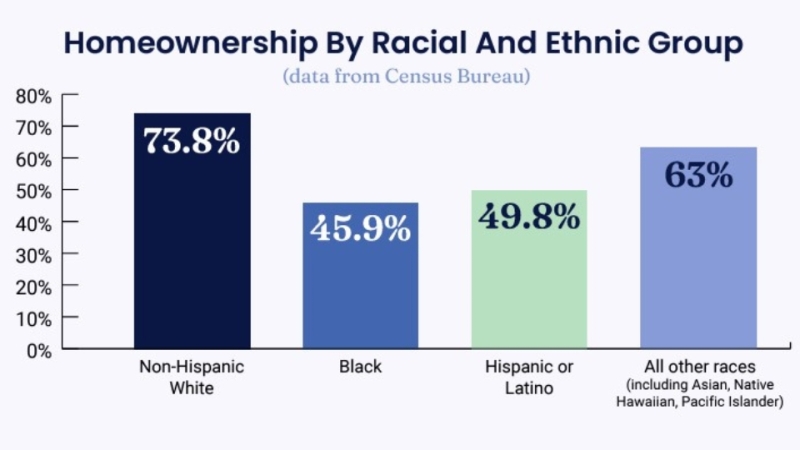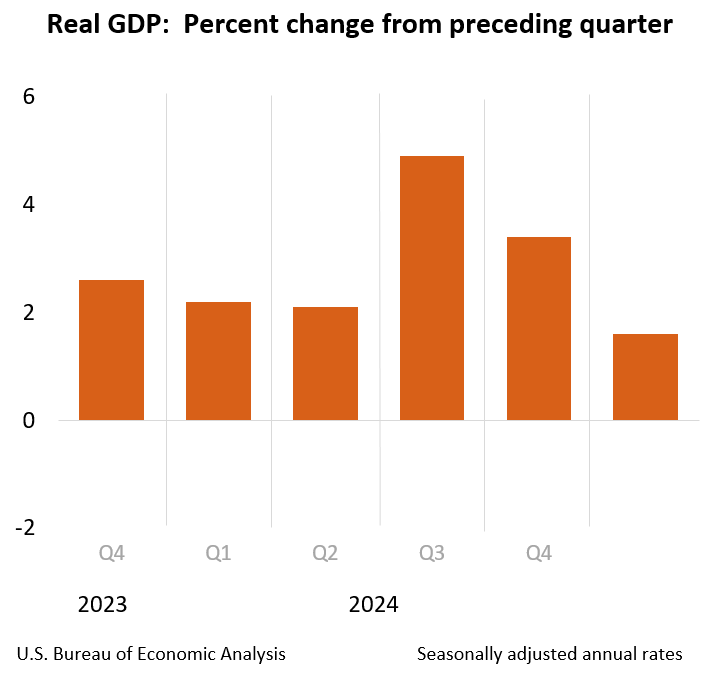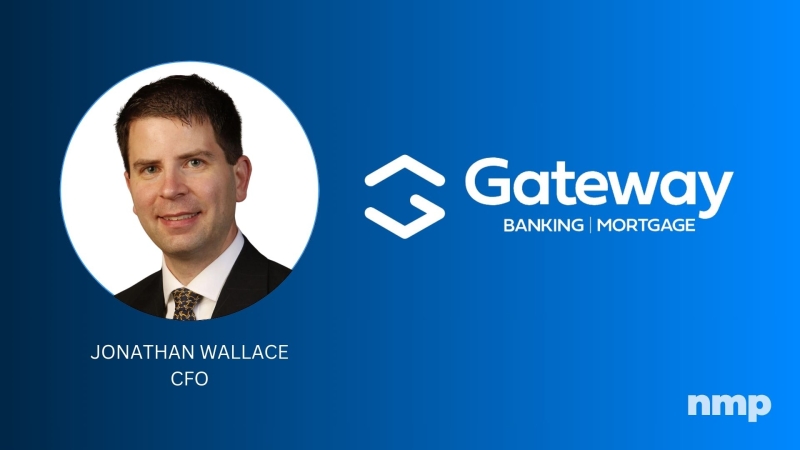Advertisement
Don't Pause, Pivot: Leveraging Technology To Stay Connected In A Touchless World

There is a sense of reluctance permeating throughout our industry. Rightfully so, considering we are navigating through a situation that elicits more questions than answers.
 Despite this fact, we have noticed certain trends emerge. LinkedIn reported a 28% surge in remote job postings in March. A concept once resisted by the mortgage industry has quickly become the heartbeat of its business.
Despite this fact, we have noticed certain trends emerge. LinkedIn reported a 28% surge in remote job postings in March. A concept once resisted by the mortgage industry has quickly become the heartbeat of its business.A perfect example of this is Quicken's effortless transition of 90% of its workforce to remote status. We have witnessed technology once believed to be ancillary become essential tools for business continuity (think Zoom, BombBomb, etc.).
The interesting aspect of this crisis is that in some ways, it brought clarity. We now understand the importance of adaptability and that it simply cannot happen without embracing technology. So, what does that mean for your business and its marketing strategy? You may need to adjust course. Do not pause your marketing plan, but pivot and re-assess as new information presents itself.
Evaluate Core Systems
A robust marketing plan is useless without the ability to properly serve your borrowers or manage your team. Now is the time to evaluate your core systems. Can your loan origination system handle the new ways in which you do business? Your loan origination system should be an affordable platform with centralized data storage and access, including electronic signature features, premium integrations, and electronic data collection and verifications. Also, efficient internal communication mechanisms and real-time reporting are crucial in large teams. Is your current system rising to the occasion?
The Power Of A Point-Of-Sale
Point-of-sale (POS) technology was literally created for this type of landscape. It is a mobile-friendly platform with a loan application that supports multiple origination options, including HELOC origination, refinance, and home equity loans. Industrywide, there has been a relatively slow adoption of this technology. However, having a POS at your fingertips is an integral piece of the digital, remotely accessible mortgage experience.
Incorporate Video Into Your Marketing Plan
As difficult as social distancing has been, imagine its impact without video technology. The human spirit craves connection and we have witnessed video communication providers scramble to meet the wave of demand. A platform once relegated to conference calls and corporate presentations, Zoom has emerged as a clear market leader. According to its founder, Eric Yuan, in March, Zoom's number of daily users skyrocketed to more than 200 million from a previous maximum total of 10 million. Again, this is a byproduct of our ability to adapt.
Prior to this pandemic, video marketing was on the rise with 81% of businesses using it as a marketing tool. An unsurprising fact considering that YouTube, a global powerhouse, has more than a billion active users. It is also the second-largest search engine. Video is preferred because it is engaging, builds trust and strong emotional connections.
Additionally, it is argued that 60 to 80% of communication is non-verbal. People tend to base decisions less on what they hear and more on what they see (consider the impact of software product demonstrations versus reading an e-mail). Do not get me wrong, your words matter. However, video helps establish interpersonal communication that is difficult to create with words alone.
Tips For Effective Video Marketing
As referenced in Stephen Covey's 7 Habits of Highly Effective People, "Begin With the End in Mind.” Create a clear plan of what each video should accomplish. A few questions to consider:
► Are you educating or training your viewer?
► Are you attempting to establish or maintain a connection?
► Are you selling a product or service?
► Are you creating a series of videos or one-off communications for a specific purpose?
After you have established the intent and desired outcome, begin drafting your content.
According to a Microsoft study, the average person has an attention span of eight seconds. So, if you are creating a sales video with the intent to maintain or establish a connection, keep your videos between one to two minutes long. For best results, try to grab your audience's attention in the first 10 seconds. These short videos are easy and quick to produce but can last a lifetime. Be strategic and intentional with your presentation.
Social Media Is Key
According to an article published by the Pew Research Center, 55% of U.S. adults often get their news from social media. Although you may not have a profile or be a Facebook fan, it is the world's most used social platform. Not only are your borrowers and prospective borrowers using Facebook, your competition is as well. Omitting a social strategy from your marketing plan is no longer an option.
Impactful Ways To Leverage Social Media
Google searches for "Good News" have reached record levels. Social media trends show that Facebook Live videos get the most engagement. Consider hopping on a Facebook Live to share good news with your friends and followers.
According to LinkedIn, its platform has more than 660 million users. Use it to educate your target market on industry news and its impact on the origination process. Market dynamics change rapidly, and this is an opportunity for you to serve previous and prospective borrowers by sharing your expertise.
Tips For Effective E-Mail Marketing Campaigns
According to research, the average professional checks their e-mail 30 times every hour. Research shows the average user looks at a phone more than 1,500 times a week. Therefore, it is no surprise that despite it being a relatively traditional marketing medium, an effective e-mail campaign produces great results.
Take a moment to review your personal e-mails. Pay close attention to the differences between the messages received from small to large corporations. Consider why you open some and ignore others. E-mail open rates are largely determined by two things: Subject lines and the e-mail sender name. Short, personalized, subject lines with a conversational tone typically see high open rates.
Remember what I said about attention spans of eight seconds? Keep your e-mail simple; include subheadings and bullet points. Research suggests the ideal length of an e-mail is between 50 and 125 words. However, if you must, include multiple paragraphs. Try to present only one new idea per paragraph.
Email service providers like MailChimp and Constant Contact provide free e-mail templates. Do your research and decide which is best for your business. A mobile-responsive e-mail template will save you time and help increase your brand awareness.
Personalized And Humanistic
Maintaining a personalized, humanistic approach to your marketing efforts is key. Align your message with one of inspiration and contribution. Avoid any fear-based approaches and choose your words wisely. This means carefully incorporating language that reinforces feelings of safety and stability.
Remember, we are all looking for ways to minimize the economic impact of this crisis, while simultaneously reeling from its impact. As sales and marketing professionals, it is difficult to walk this tightrope of tragedy and business continuity. However, in our undeniable resilience comes hope. Continue offering value to your audience, they may need you now, more than ever.
Shakria Hall is brand marketing manager at Calyx, an established provider of compliant mortgage software solutions used by banks, credit unions, mortgage lenders and brokerages nationwide. She may be reached by e-mail at [email protected].
This article originally appeared in the May 2020 edition of National Mortgage Professional magazine.
About the author





